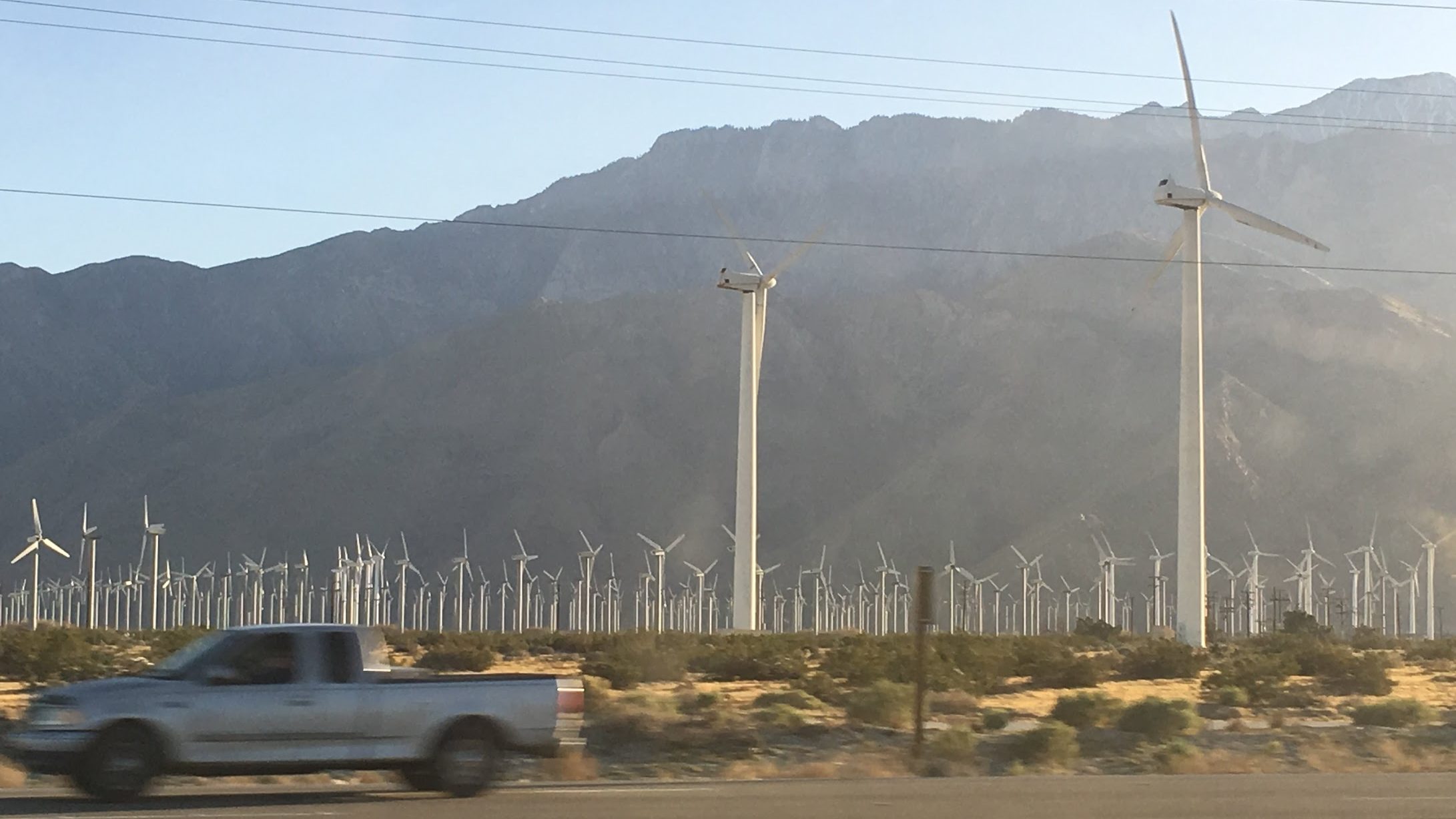Renewable Energy
Renewable energy, as the name suggests, is energy from resources that can be reused many times without being depleted.
In comparison, non-renewable energy sources will not be replenished in our lifetime. The most common examples are fossil fuels such as coal, natural gas, and propane. Using non-renewable energy resources deprives the earth of its elements and raises concern for what to do when the supply runs out. Additionally, burning fossil fuels releases harmful byproducts into the environment and contributes to climate change.
Through the EcoReps class that I took last year, I was able to learn more about some of the most common renewable energy sources. Although these examples may be more environmentally friendly than other sources of energy, it is important to keep in mind that every energy source has pros and cons to using them.
Solar: Solar energy is derived from the sun’s energy. Some of the most popular solar energy methods are the use of solar panels and specific architectural techniques to take advantage of the sun’s energy and warmth.
Pros:
- Works well in warm climates
- Doesn’t require moving parts; less likely to break
- Fuel is free and renewable
Cons:
- Doesn’t work at night
- Requires a lot of land
- Not good for areas with little sunlight
- Requires a lot of materials to create solar panels
- Expensive to fix
Wind Power: Energy from the wind is used to create electricity. Windmills (pictured above) are the most common example.
Pros:
- Easy to convert energy into usable electricity
- No combustion required so less pollution is created
- Fuel is free and renewable
Cons:
- Can affect visibility and aesthetics
- Can be a concern for birds
- Possibility of failure; not dependable
- Requires a lot of land
Hydroelectric: Hydroelectricity is produced from hydropower. The most common reference are dams that are built on rivers.
Pros:
- Does not require combustion so produces less pollution
- Controls floods
- Very efficient; we can typically utilize 90% of the energy that is created
Cons:
- Can disturb ecosystems like fish migration
- May cause droughts/floods in surrounding areas
- Limits the amount of water that flows downstream
Biofuel: Biofuel is fuel made from biomass (plant-derived organic material). The most common sources are soybean oil, yellow grease, corn oil, and animal-fat.
Pros:
- Not as costly
- Produces fewer greenhouse emissions than fossil fuels
- Many options for fuel
Cons:
- Requires a lot of land
- May affect food security concerns
- Encourages industrial farming and this has its own problems such as soil degradation and water pollution
Nuclear Power: Nuclear power plants capture energy released from radioactive nuclear fission or fusion, to generate electricity.
Pros:
- Produces a lot of energy
- Low greenhouse emissions
- High power output
- Not very expensive to set up
Cons:
- Requires a lot of water
- Radioactive waste is hard to store
- Not very efficient
- Prior unfortunate events
- Not aesthetic; produces lots of steam
Written by Emily Su, Class of 2022

